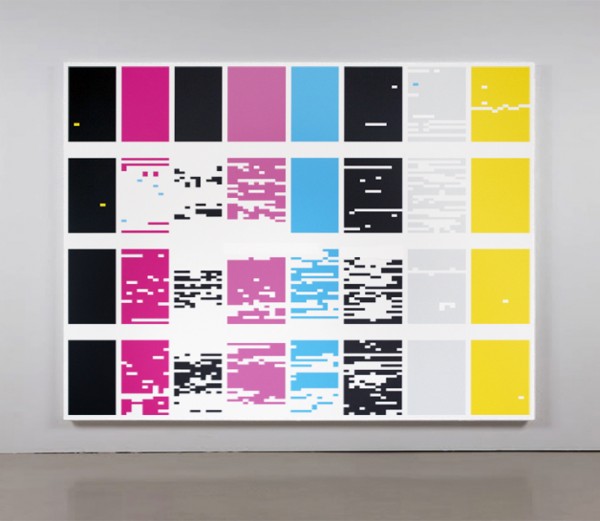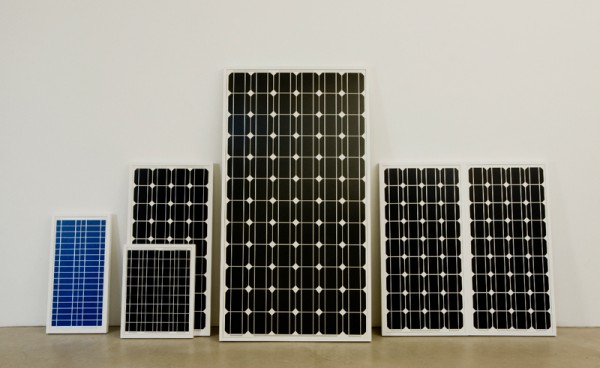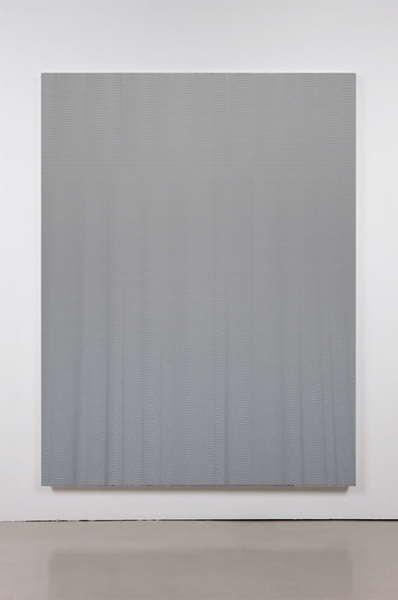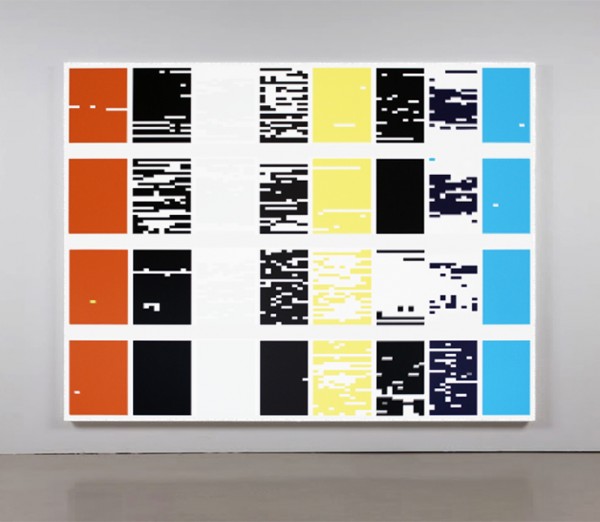Sylvan Lionni
Thursday, 13 March 2014
Work from his oevure.
“One particularly interesting aspect of Sylvan Lionni’s art is that he makes seemingly impersonal items feel personal. His is not the art of the hand-rendered, yet his sensibility is very much in evidence in his choice of materials, scale, craftsmanship, color, and probably minute details that are not even obvious to me. The choice of subject matter is extremely important – important precisely because it involves selections that might generally be considered unimportant, objects from daily life that could so easily be overlooked. The energy in the work emanates from the lavishing of crafted attention on such quotidian wallflowers.
The work also expresses a sharp awareness of the history of art. A sense of play is evident as things are presented to us in a traditional gallery or museum context. The objects seem to beg the question, “How do we compare to traditional paintings?”
I get such pleasure just saying what the subject matter of some of the works are: pieces of paper, rulers, and dust.
–B. Wurtz, February 2014
Sylvan Lionni’s practice continues to find resource in the notion of social geometry; the means by which we order our daily lives in response to the spatial and structural relationships that passively inform our thoughts, movements, and impulses. Fascinated by the overlooked details embedded in the American mundane, his work aims to qualify material, aesthetic, and conceptual properties within our revolving banality.
Lionni will present two new bodies of work. In a series of dust paintings, the artist has created a generative brand of trompe l’oeil that addresses the surface of a painting itself. Lionni starts with a dusty, industrial aluminum panel, photographs it, primes and prepares the ground, and then screen prints the image of dust onto the aluminum – a recursive gesture that points to the material bedrock of origin. In a series of ruler paintings, Lionni has meticulously recreated groups of framing squares by cutting, painting, and screen-printing steel in a process akin to industrial manufacturing. The artist takes the ruler as symbol and tool of both designer and engineer and transforms it into utilitarian artifice. The resulting paintings refer to the history of geometric abstraction and examine the porous boundary between image and object.” – text via Kansas Gallery




